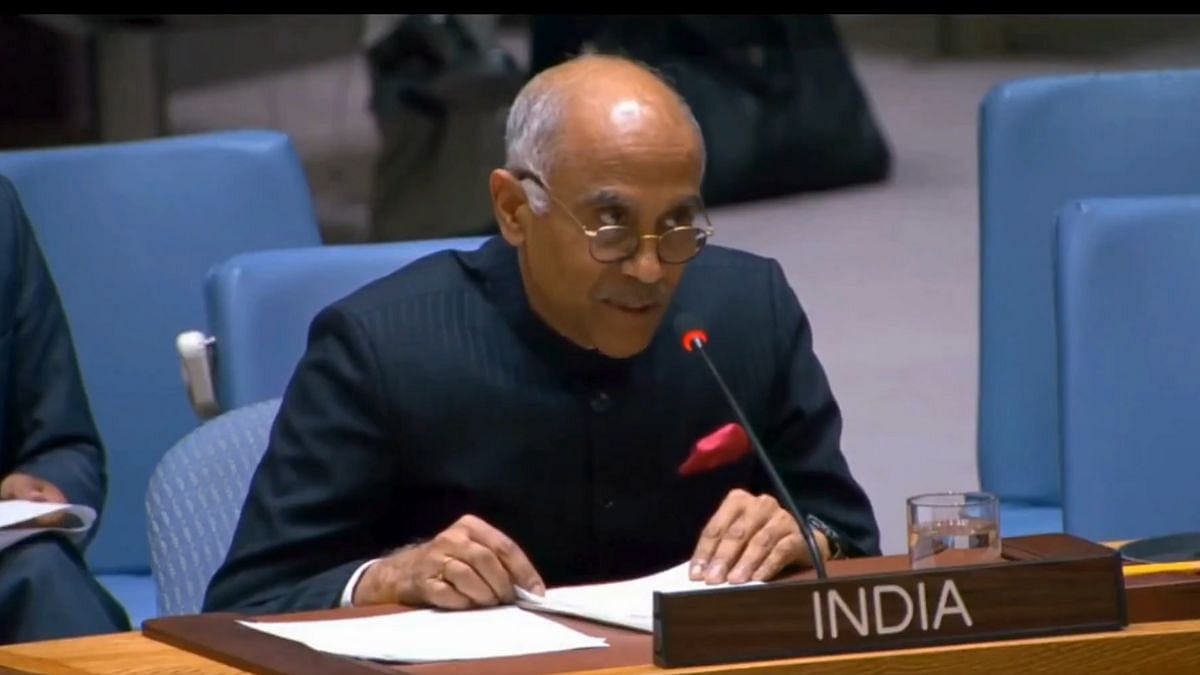There has been a debate on different time zones for India, for a few years now. North Indian states have been demanding a different time zone, citing difficulties in maintaining work and school schedules.
India extends from 68°7’E to 97°25’E, with the spread of 29° representing almost two hours from the geographic perspective. This has led to the argument that early sunrise in the easternmost parts — the Northeast — causes the loss of many daylight hours by the time offices or educational institutions open, and that early sunset, for its part, leads to higher consumption of electricity.
Having two time zones would thus result in saving of 2.7 billion units of electricity annually, according to research by the National Institute of Advanced Studies. The proposal for two time zones was made recently in a research paper by India’s national timekeeper which maintains Indian Standard Time, the Council of Scientific and Industrial Research’s National Physical Laboratory (CSIR-NPL).
In March 2019, replying to a question in Parliament, the Government had said that no decision has been taken on the demand for different time zones, citing complexities involved.
However, in January 2020, Dr Harsh Vardhan, then Minster of Science & Technology, Health and Family Welfare and Earth Sciences, had said in Parliament that there is a long standing demand but it was not possible to have a different time zone for eastern states or dual time zones because of strategic reasons, as per the High Level Committee appointed to examine the issue.
There is understandable apprehension in granting a separate time zone for the Northeast, given the history self-determination movements; this could be seen as the first step towards conceding autonomy.
It is also argued that India had three time zones earlier before Independence — Bombay, Calcutta and Madras time. India had no official time zone till 1906. There were three presidencies: Bombay, Calcutta, Madras, and three local times for the three cities, depending on where they fell on the longitude.
Since the Government is not keen to have two time zones, some North Indian states have introduced early opening of schools and offices to take advantage of daylight. Tea estates in Assam use “Chai Bagan” time, an informal adjustment which is two hours earlier than IST. Work in the tea gardens starts at 7am.
The benefits
The internal body clock is affected by environmental cues, like sunlight and temperature, and determines whether one feels wide-awake and energised or tired. It tells our body when to sleep, rise and eat. Different time zone for the Northeast will lead to greater efficiency and productivity, as the time is set to align with sunrise and sunset.
Advancing time will lead to energy saving which will significantly cut down India’s carbon footprint boosting India’s resolve to fight climate change.
Apart from economic benefit, it will lead to social benefits as quality of life will improve quality of sleep leading to better health. Biomedical research has consistently pointed to the physical and psychological benefits of aligning circadian (sleep) rhythms to the sun’s rising and setting.
All these could lead to greater socioeconomic development index for North Eastern States which would insurgency redundant.
The problems
Railway signals are not fully automated and many routes have single tracks. Trains may meet with major accidents sowing to human errors. Just one such accident would wipe out any benefits resulting from different time zones in the country.
There is a need to further study how having two time zones would result in huge energy saving as argued, since the number of office and school hours would remain the same irrespective of when they start.
With a time difference of one hour in the mornings and in the evenings, there would be nearly 25% less overlap between office timings in the two zones. This could be important for banks, offices, industries and multinational companies which need to be constantly interconnected. This will be further detrimental to productivity and to the interests of the eastern region.
With the thrust of the Government on improving infrastructure and policies of various Northeastern states for promoting industrial investment, the socio-economic index would anyway improve without having two time zones.
Alternative suggestions
Better than two time zones (or daylight saving time) would be a permanent shift of IST to one hour i.e. 6:30+ UTC, 90° east. Daylight Saving Time can also be used from April to September in the regions that require it.
Implementation of these recommendations must be supported by the ability of the Government to gather data and track changes in the economic activity pattern of the nation. Factors like the impact of sunrise and sunset timings on biological activities of people, and synchronising sunrise and sunset timings with office hours, for example, should be carefully studied.
Sanjay Mehta is Deputy Director General, IMC Chamber of Commerce and Industry









